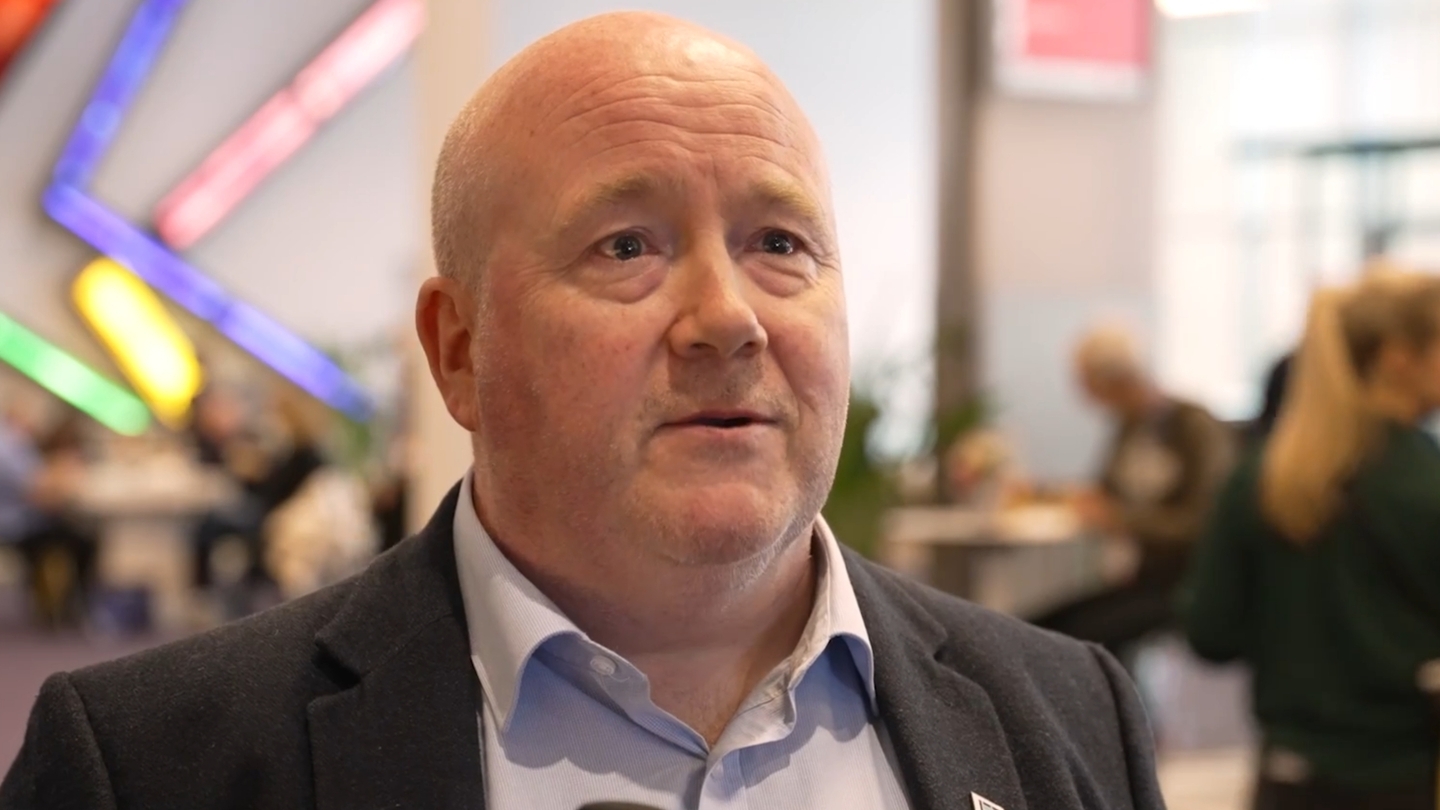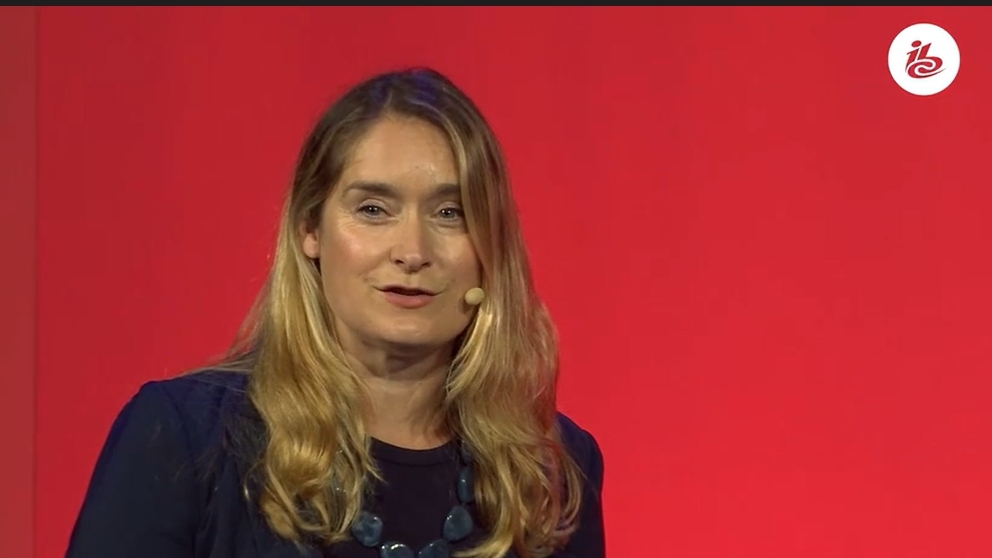The media and entertainment market is set to exceed $1tn in 2024, driven by the explosive growth in streaming video, but how many people really understand the dynamics behind the trend? IBC365 speaks with Omdia’s Maria Rua Aguete to learn more.
Omdia has compiled some fresh research to be unveiled at IBC2024 “where the focus will be on what consumers watch, where they do so, and for how long,” says Maria Rua Aguete who leads the media and entertainment (M&E) team at the research analyst.
When the global value of media entertainment tops $1tn this year, online video will be the biggest part of that at $392bn. Omdia figures put traditional TV second at $327bn, games (sizeable at $220bn), music ($44bn) and then cinema ($36bn)...
You are not signed in.
Only registered users can view this article.

Saleha Williams: ‘The industry is changing and IABM needs to as well’
The recently appointed CEO of the International Trade Association of Broadcast & Media Technology (IABM), Saleha Williams, has combined creative, commercial and technological interests in media throughout her career. As David Davies discovers, this means she is ideally placed to deliver “transformational change” at IABM.
.jpeg)
Juno Innovations to bring VFX at scale closer to home
Moving VFX workflows to the cloud has proved challenging, but a US-based startup could be about to change that. Adrian Pennington reports.

Freely highlights HbbTV’s role in evolution to all-IP future
As more UK consumers decline to connect their TVs to an aerial, UK broadcasters are looking to the Freely platform to ensure their continued relevance. CTO Orf Warr explains the technology choices underpinning the platform.

One4HDD: Further R&D in 5G broadcast dependent on government priorities
Hot on the heels of a successful demonstration at Brands Hatch, DTG’s Alex Buchan discusses the evolution of the 5G One4HDD project and how it may yet progress beyond its official 31 March ending, providing fresh government funding falls the right way. George Jarrett reports.
Live volumetric streaming: “Volumetric video is better than conventional video”
Volumetric video holds the potential to re-invent the live-streaming experience, with UK tech outfit Condense emerging as a pioneer.




